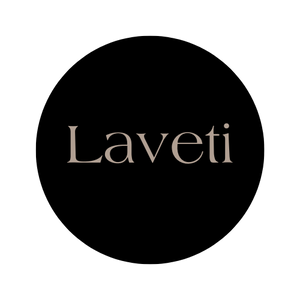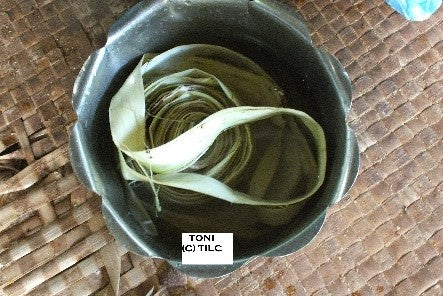How is Masi made?
This process is a communal activity carried out by women of the village. Masi is made by peeling off the bark of the mulberry tree and separating its inner white bark. It is stripped, and soaked in seawater to soften. The tapa is then beaten on a wooden anvil using a mallet known as ‘ike’ atop a strong board from the vesi hardwood known as ‘dutua’. Family ike and dutua have been known to be in passed down for generations. The beating or ‘samu masi’ allows the soft bark to stretch delicately. It is done so in a particular rhythm and with just the right amount of pressure so as to not tear it. The end result is a beautiful white sheet that is about 12 feet long by 2 feet wide. This standard measurement of a masi is known as ‘lalaga’. Depending on the size required, pieces of these sheets are glued together to form a lalaga lima (i.e. 5 widths of 12 x 2 joined together) or even lalaga drau (100 lalaga) to be used for large vanua ceremonies. These sizes are usually called ‘taunamu’ or ‘lautefui’. The glue that binds the individual pieces are from the arrow root or ‘yabia’ in Fijian. Nowadays a cooked piece of cassava substitutes just as fine. Once glued together to the desired size it is ready for use as is, for smoking, or for printing.
Author: Seini Racule
Editor: Simione Sevudredre
Photo: Peeled masi bark soaked in water ready for beating.


